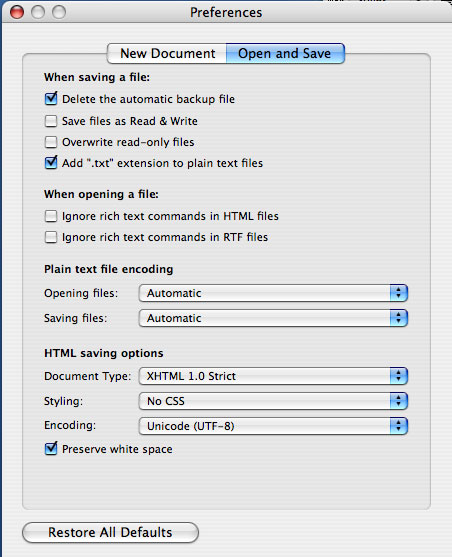Textedit free download - TextEdit Automator Action Pack for Leopard, TextWrangler, SubEthaEdit, and many more programs. TextPad for Mac OS X, download best alternative solutions carefully chosen by our editors and user community. TextEdit is a word processor/text editor in Mac OS X Lion that you can use to write letters, scribble notes, or open Read Me files. It’s not as sophisticated as Microsoft Word (or Apple’s Pages, Quark Xpress, or Adobe InDesign, for that matter), but you can definitely use OS X Lion’s TextEdit. TextEdit for Mac OS X: Best alternatives Our editors hand-picked the best Mac alternatives to TextEdit, go ahead and check them out, rate them, or add new ones you find fitting. TextWrangler Free. By Bare Bones Software, Inc. Then I tried doing a Get Info on a blocked folder. Clicked the lock icon in the lower right corner. It asked me for a password. Once unlocked, I set the permissions for 'everyone' to Read Only.
Home > Articles > Apple > Operating Systems
␡- Create and Save a TextEdit Document
This chapter is from the book
This chapter is from the book
TextEdit is a small yet surprisingly powerful word processor. Use it to write memos, letters, diaries, novels, grocery lists, memoirs, or any other text document. You can create simple tables and automatically numbered or bulleted lists, add shadows to type, insert images, search and replace text, and more. But it’s not a full-blown word processor such as Apple’s Pages (check the App Store in your Dock) or MarinerWrite (MarinerSoftware.com) or the sweet, new Pagehand (Pagehand.com). Although TextEdit can’t do all the fancy things a big word processor can, it’s excellent for many projects.
If you’ve never used a word processor before and you don’t know how to open an application and save files, enter text, select text for formatting, cut/copy and paste, etc., please read The Little Mac Book first! This chapter assumes you know the basics of working in a word processor.
Create and Save a TextEdit Document
Textedit Macbook
Open TextEdit (it’s in your Applications folder and in Launchpad). Then from its File menu, choose “New.” A blank window opens for you to start typing.


Choose how you want to see the document: From the Format menu, choose “Wrap to Window” (below, left) or “Wrap to Page” (below, right).
Save your document as usual (from the File menu, choose “Save...” give it a name, and store it in a folder where you’ll find it again). As you continue to work on your TextEdit document, an “Edited” button appears in the top-right corner of the document window. This is a visual clue that the document has been changed and you might want to save the changes (press Command S).
You can click that “Edited” button or triangle to choose from several options:
- Lock prevents further changes. If you try to type, you get an option to Unlock it. This is not a secure lock—anyone can click the Unlock button.
- Revert to Last Saved Version gives you the option to revert to the last time it was saved (either by you or by TextEdit), or you can revert to an older version, as explained on the opposite page.
- Browse All Versions—see the opposite page.
AutoSave and versions
TextEdit automatically saves your document every hour as you work on it, as well as when you close it (it doesn’t ask—it just saves). In addition, you can (and should) save more often (press Command S).
As soon as you save and name a document, TextEdit keeps track of all previous versions of that document; that is, every time you save or TextEdit saves, a new version is stored. You can return to any of these versions, as explained below.
To manually save the current version, go to the File menu and choose “Save a Version,” or press Command S.

To save a document with another name or in another file format, go to the File menu and choose “Duplicate.” Save this new file with a new name.
Restore a previous version
To turn to a previous version of the document, click the top-right corner to get the menu shown below. Choose “Browse All Versions....” All previous versions of your document appear, as shown at the bottom of this page.
Click on the title bars to go back in time to previous versions, or click in the vertical timeline to view various versions. When you find the one you want, click the “Restore” button at the bottom of the screen.
Related Resources
- Book $55.99
Apple Textedit
- eBook (Watermarked) $55.99
Textedit For Mac Os X 10.8
- Web Edition $55.99

Comments are closed.